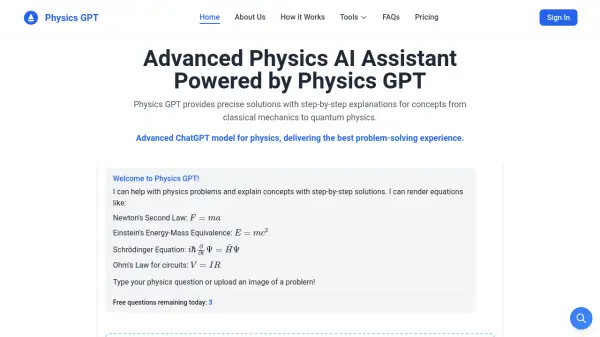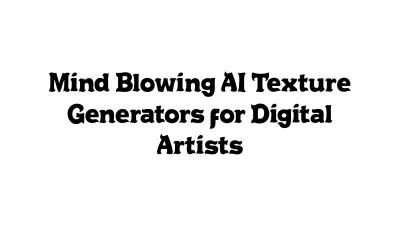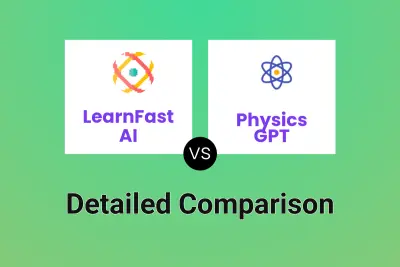What is Physics GPT?
Physics GPT is a sophisticated AI-powered platform designed to deliver precise solutions to physics problems across a wide range of topics, such as mechanics, electricity, circuits, and advanced theoretical physics. Through cutting-edge neural network technology, Physics GPT interprets both text and image-based questions, providing accurate answers and detailed step-by-step explanations to foster comprehensive understanding.
The platform caters to students, educators, and professionals by supporting uploads of equations, images, or PDFs for immediate analysis. Boasting a vast physics knowledge base and specialized modules like a circuit analyzer, Physics GPT ensures exact results with an educational approach, making advanced physics concepts accessible and manageable for all users.
Features
- Step-by-Step Solutions: Provides detailed explanations for all physics problems.
- Image and PDF Analysis: Users can upload photos or files for instant AI-powered processing.
- Wide Subject Coverage: Supports mechanics, circuits, quantum mechanics, relativity, and more.
- Specialized Circuit Analyzer: Handles intricate circuit diagram analysis.
- Real-Time Chat Editor: Allows users to interact directly with the AI using physics questions.
- Equations Rendering: Renders complex formulas and mathematical equations.
- Practice Problem Generation: Offers supplementary practice opportunities.
- 24/7 Availability: Access support and solutions anytime.
Use Cases
- Solving high school and university physics homework.
- Analyzing and understanding complex circuit diagrams.
- Learning new physics concepts with guided, step-by-step breakdowns.
- Preparing for physics exams or standardized tests.
- Assisting educators in explaining theoretical and applied physics.
- Handling advanced physics topics in academic research.
- Checking accuracy of manually solved problems.
- Supporting professionals in engineering or research fields.
FAQs
-
What physics subjects does Physics GPT cover?
Physics GPT covers mechanics, electricity and magnetism, thermodynamics, optics, quantum mechanics, relativity, and more. -
How accurate are the Physics GPT solutions?
Physics GPT solutions use advanced AI algorithms trained on millions of physics problems, achieving a reported 99.9% precision rate verified through rigorous protocols. -
Can Physics GPT analyze circuits and resistors?
Yes, users can upload circuit diagrams for instant analysis, with specialized tools available for solving problems involving resistors, capacitors, and other components. -
How can users input their physics problems?
Problems can be typed, or users can upload images or PDFs of equations and circuit diagrams directly to the platform.
Related Queries
Helpful for people in the following professions
Physics GPT Uptime Monitor
Average Uptime
99.81%
Average Response Time
148.43 ms
Featured Tools
Join Our Newsletter
Stay updated with the latest AI tools, news, and offers by subscribing to our weekly newsletter.












